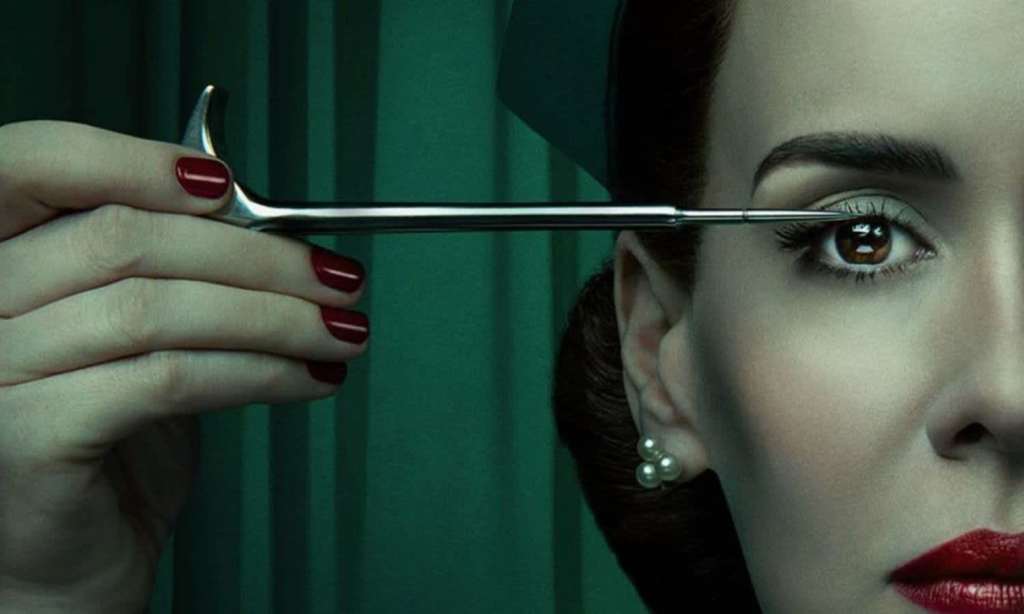If you’ve been binge-watching Ratched on Netflix, then you may have been drawn into the sadistic and unsettling world of the Lucia State Hospital in California.
The unnerving series is an adaptation and origin story from author Ken Kesey’s’ One Flew Over the Cuckoo’s Nest — and what’s even more disconcerting, is that Sarah Paulson’s character, Mildred, was actually inspired by one of his real experiences.
After college, Kesey worked as a night orderly on the psychiatric ward at Menlo Park Veterans’ Hospital in California, and character Mildred Ratched was actually inspired by the real head nurse on the ward where he worked.
While Ratched is a work of fiction, we do see Dr Richard Hanover (Jon Jon Briones) perform a brutal operation to help “fix” his patient’s various ailments — the lobotomy. The operation during the scene leads characters to faint and vomit, and even though it is part of a fictional film, the lobotomy was a very real procedure.
According to livescience.com, a lobotomy, also known as leucotomy, is a neurosurgical operation that involves severing connections in the brain’s prefrontal lobe. The operation was controversial, however, medical professionals saw it as a miracle cure for a range of mental illnesses.
The very first instance of this procedure was performed in 1935 and was described by one psychiatrist as “putting in a brain needle and stirring the works”. Portuguese neurologist, Egas Moniz, believed that patients were suffering from fixed circuits in the brain.
The procedure was performed with a pair of instruments, with each consisting of an 8cm steel spike attached to a wooden handle and in 1935, Moniz “decided to sever the connecting fibres of the neurons in activity.”
A pair of holes would be drilled into the skull, either on the top or on the side, and a sharp instrument — a leucotome — would be pushed into the brain. They would then sweep it from side to side, cutting connections between the frontal lobes and the rest of the brain.
Moniz wrote his findings down in a monograph titled How I Came to Perform Frontal Leucotomy, and other surgeons around the world followed suit with various adaptations.
According to his writings, his first 20 patients saw improvements and by the 1940s, it was seen as a “miracle cure”. It was used to treat a range of illnesses, from schizophrenia to depression and compulsive disorders.
In 1949, Moniz won the Nobel Prize for inventing the treatment, however, by the mid-1950s, poor results and the introduction of psychiatric drugs saw its popularity lessen.
WATCH: Ratched, streaming on Netflix now.







